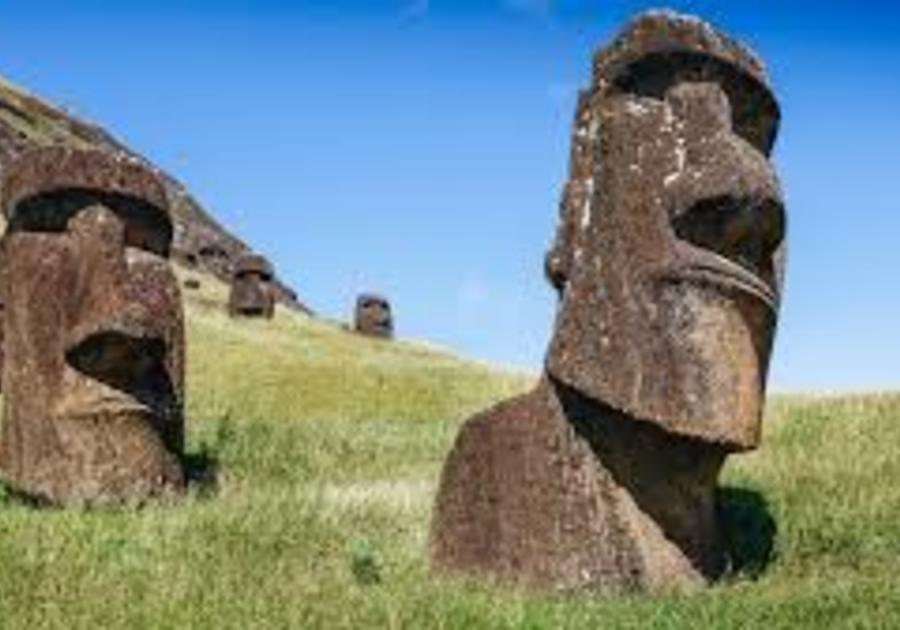“There exists in the midst of the great ocean, in a region where nobody goes, a mysterious and isolated island,” wrote the 19th-century French seafarer and artist Pierre Loti. “The island is planted with monstrous great statues, the work of I don’t know what race, today degenerate or vanished; its great remains an enigma.” Named Easter Island by the Dutch explorer Jacob Roggeveen, who first spied it on Easter Day 1722, this tiny spit of volcanic rock in the vast South Seas is, even today, the most remote inhabited place on earth. Its nearly 1,000 statues, some almost 30 feet tall and weighing as much as 80 tons, are still an enigma, but the statue builders are far from vanished. In fact, their descendants are making art and renewing their cultural traditions in an island renaissance.
Video: Unbelievable Hidden Secrets of Easter Island: https://www.youtube.com/watch?v=JM5hetKW-Nc
Just 14 miles long and 7 miles wide, the island is more than 2,000 miles off the coast of South America and 1,100 miles from its nearest Polynesian neighbor, Pitcairn Island, where mutineers from the HMS Bounty hid in the 19th century. Too far south for a tropical climate, lacking coral reefs and perfect beaches, and whipped by perennial winds and seasonal downpours, Easter Island nonetheless possesses a rugged beauty—a mixture of geology and art, of volcanic cones and lava flows, steep cliffs and rocky coves. Its megalithic statues are even more imposing than the landscape, but there is a rich tradition of island arts in forms less solid than stone—in wood and bark cloth, strings and feathers, songs and dances, and in a lost form of pictorial writing called rongorongo, which has eluded every attempt to decipher it. A society of hereditary chiefs, priests, clans and guilds of specialized craftsmen lived in isolation for 1,000 years.
To read the full article click HERE.



